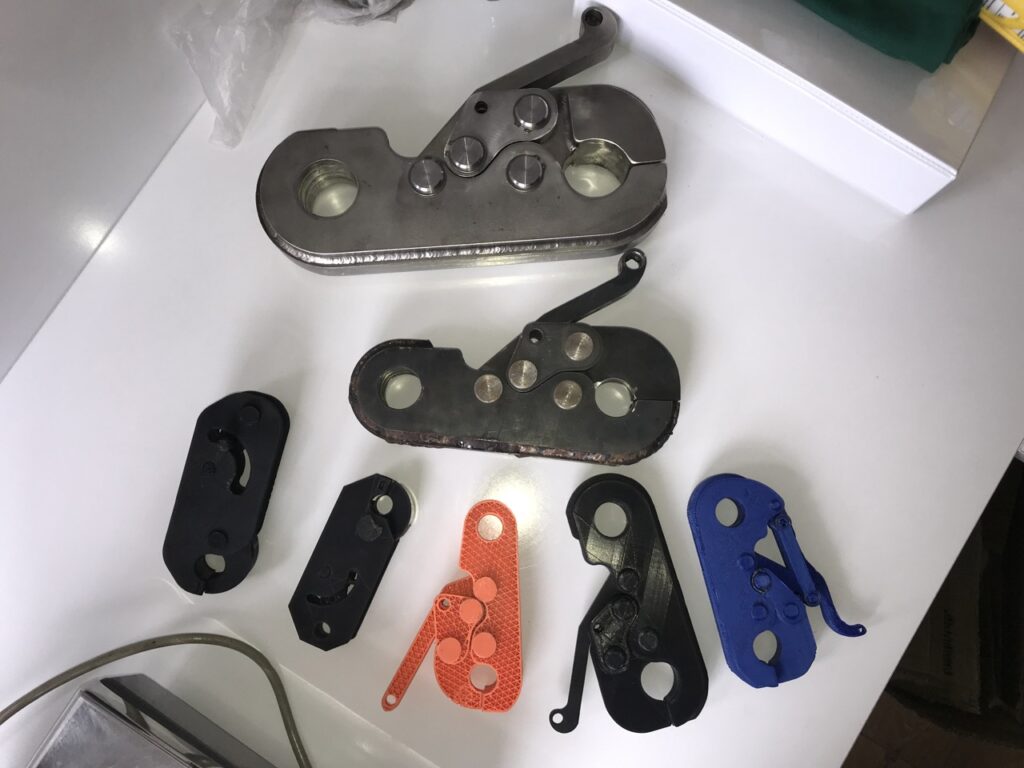In the ever-evolving world of release hooks, few have the depth of knowledge that comes with a decade of hands-on experience. Today, we delve into the expertise of a seasoned engineer who has spent the last 10 years navigating the complexities of release hooks across various industries. With a focus on both functionality and safety, here is a comprehensive categorization of release hooks, straight from the expert’s desk.
1 . Maritime-Marin Hooks
Maritime operations demand the highest standards of safety and reliability. According to our expert, maritime hooks are specifically engineered to meet these rigorous demands. They are further subdivided into:
– Lifeboat Release Hooks:
These are crucial for ensuring the rapid deployment of lifeboats in emergencies. The focus here is on reliability under extreme conditions.
– Rescue boat Release Hooks
The 15 kN rescue boat release hook is an essential component in modern maritime safety, designed with the latest regulatory standards in mind.
Classified as an “on-load” disengaging gear, this hook is engineered to be manually operated, allowing for the safe and efficient release of the rescue boat once it is lowered and has made contact with the water.
Manufactured to withstand the harshest marine environments, the 15 kN rescue boat release hook is built from materials that ensure long-lasting durability.
The design adheres strictly to the latest amendments in maritime safety regulations, particularly the LSA Code for Hooks for Liferaft Launching, amended by MSC.81(70).
Moreover, this release hook is fully compliant with updated SOLAS requirements, as per Resolutions MSC.320(89) and MSC.321(89).
In essence, the 15 kN rescue boat release hook represents a critical safety feature that not only meets but exceeds the rigorous demands of modern maritime operations.
Its robust construction and adherence to international safety standards make it an indispensable tool in ensuring the safe deployment of rescue boats in emergency situations.
– Liferaft Release Hooks
The 22 kN liferaft quick release hook is an essential device in maritime safety systems, meticulously designed to align with the latest regulations.
This hook functions as an “off-load” release mechanism, which means it is engineered to automatically disengage when the load on the hook is removed—typically when the liferaft has been fully lowered and becomes waterborne.
The durability of the 22 kN liferaft quick release hook is a key feature, with materials chosen for their ability to endure harsh marine environments. The production process is guided by stringent standards, ensuring the hook’s long-term performance and reliability.
This hook is manufactured in strict accordance with the latest maritime safety regulations, making it a trusted component in emergency liferaft deployment systems.
– Combined (Liferafts And Rescue boat) Release Hooks
The 35 kN combined quick release hook is a highly versatile and essential tool in maritime evacuation procedures, fully compliant with the latest SOLAS standards. This innovative hook is designed with both “on-load” and “off-load” release mechanisms, allowing it to be operated either automatically or manually, depending on the situation. It is particularly effective when used with rescue boats or liferafts, ensuring safe and efficient deployment once the equipment is lowered and floating on water.
Constructed from robust stainless steel, the 35 kN hook is capable of handling a davit load of up to 3500 kg, making it a reliable choice in demanding marine conditions. Despite its strength, the hook maintains a lightweight design at just 7.5 kg, which enhances the ease of operation, especially for on-load releases.
Every component of the 35 kN combined quick release hook is engineered for longevity, ensuring durability even in the most arduous marine environments. Manufactured in strict adherence to the latest regulations, this hook offers both safety and efficiency in critical maritime operations.
2. Quick Release Mooring Hooks
Maritime operations demand the highest standards of safety and reliability. According to our expert, maritime hooks are specifically engineered to meet these rigorous demands. They are further subdivided into:

